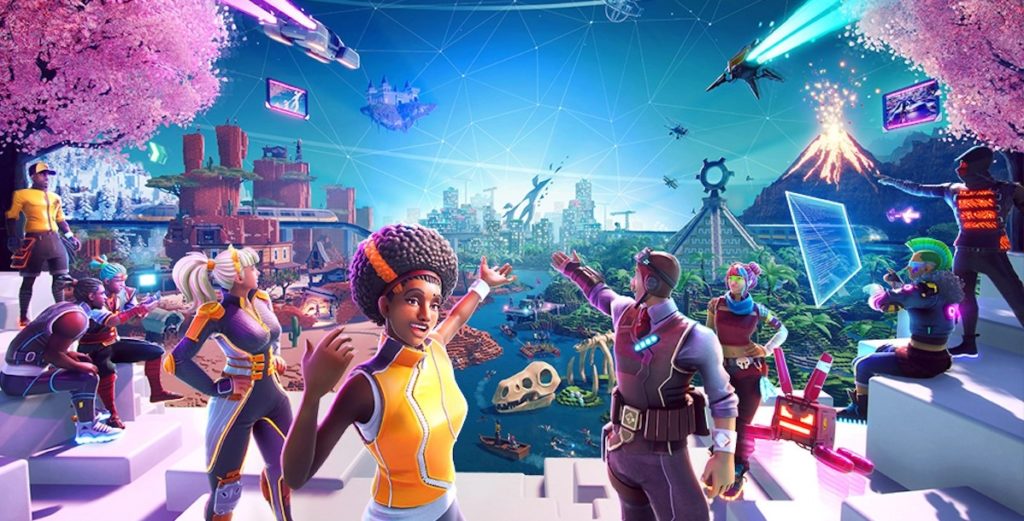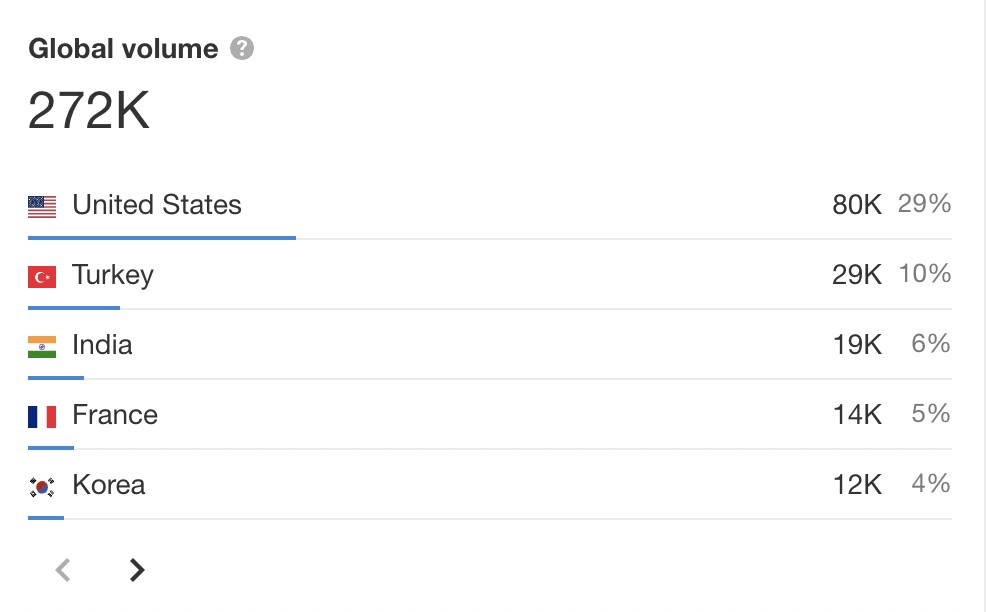
Marketing strategy continues to evolve post-pandemic. As we move further into a virtual marketing landscape, the online world has become the place to be for smart marketers looking to gain exposure.
With 4.8 billion internet users quickly multiplying across the globe, the online social sphere continues to adapt to accommodate new forms of interaction, communication and entertainment for a digitally native audience.
As the world becomes more tech-savvy, the demand for virtual evolution continues to be more prominent, as tools such as the Oculus Rift VR headset, continue to pave the way for a new augmented reality and an abundance of virtual opportunities online.
Changing the way we interact, game and even work in a post-pandemic environment, virtual reality experts predict that 58 million people in the US alone currently use a form of VR/AR technology at least once a month.
The question is, what could this mean for marketers as traditional forms of advertising begin to become stagnant? As the reality of the metaverse draws closer, could a completely virtual world see marketers sink, swim or thrive?
What Is The Metaverse?

First discussed in the 1992 sci-fi novel, Snow Crash, author Neal Stephenson first discussed the potential of the metaverse, using it to describe his version of a 3D virtual world that he could interact with and be a part of.
The term ‘Metaverse’ has never been forgotten since remaining at the centre of many of the modern-day debates surrounding the future of the online landscape. A modern-day metaverse would incorporate virtual reality, augmented reality and holographic forms of communication into a normalised online sphere.
The Influencer Marketing Hub define the modern-day metaverse as “something that is always active, exists in real-time, players have individual agency, it’s a self-contained and fully functioning universe and contains user-generated content.”
Realistically, the metaverse could easily become a second fully functional virtual world in which we are represented by virtual avatars. In the same way as the physical world, it would grow and develop based on user interaction and decisions, continuing to expand as more users joined the platform.

Some of the key characteristics that could drive the success of the metaverse are its ability to be constantly active and exits in a real-world time frame. Users could interact with one another, in the same way, they would outside of the metaverse, providing them with opportunities to create, own, sell and invest across a multitude of platforms.
This is where it gets interesting for smart marketers. As the metaverse continues to become a modern form of reality where users have the powers to buy, sell and invest, could it be time to shift marketing efforts to target a new virtual audience?
Read on to find out just how important metaverse marketing could be as we step into a future of interactive audience targeting and immersive 3D advertising.
How Will The Metaverse Affect The Future Of Marketing?
The metaverse is set to transform the future of marketing practice like never before. As the number of virtual conversations grows exponentially, there are more opportunities for brands to be not only a part of the conversation but leading it using a series of virtual marketing techniques.

As leading brands such as Nike, Facebook and Gucci continue to slot themselves within the current metaverse, using gaming platforms such as Fortnite and Roboblox to create immersive forms of advertising and modern forms of viral brand awareness, the sky is the limit for smart marketers on the block.
As you can see here, Metaverse’s potential market growth could see advertising and social commerce dominating profits as more consumers move into a virtual future.
As new non-gaming metaverses continue to appear and VR begins to slot itself into new sectors across the world such as corporate, finance, business and healthcare, the global demographic for advertising potential feels infinite. Prioritising new forms of interactive content is more likely to start a conversation amongst your audience. Slotting into the virtual world won’t only gain you exposure in the metaverse, but boost your conversions in the real world too.
Changing The Future Of SEO
As the metaverse continues to dominate the online sphere, it’s time to start optimising your content for VR success.
In the same way, marketers once optimised their content to gain awareness across Google search engines, it’s time to start analysing the ins and outs of metaverse optimisation.

Firstly, take a step back and review your demographic. Are they Gen Z or Millennials? How is your specific audience currently interacting with the metaverse? Using platforms such as Finteza or Google Analytics to analyse your demographic’s trends and engagement within the online sphere is a great way to refocus your targeting as you move into metaverse marketing.
Experts are still unsure about how much of an impact the metaverse will have on the future of SEO tactics, but one thing we can be sure about is keyword and visual search optimisation.
With a search volume of 272K across the globe in January 2022, the term ‘metaverse’ needs to start appearing within your content, meta descriptions and social platform posting.
Visual search will also play a key role in metaverse optimisation as Google continues to get better at understanding the search value and quality of images.
Creating Interactive Parallels
Did you know that currently only 3% of online content is deemed interactive?
As we see metaverse’s influence on the marketing scene, we can expect that passive forms of content marketing such as photos, infographics and videos will become increasingly redundant as a new Gen Z dominated audience continue to demand immersive alternatives.
Snapchat has already started to incorporate elements of AR into their platform, and we expect that Facebook’s META rebrand will only see other platforms follow a newly immersive route.
If marketers want to survive within the metaverse, it’s time to start thinking about creating AR, VR friendly content that promotes immersion and interaction. Interactive content allows for discovery, creating a parallel between metaverse characteristics as advertising becomes more user-driven.
The Benefits Of Marketing In The Metaverse
The benefits of entering the metaverse weigh out the costs for brands looking to gain awareness from a predominantly Gen Z/Milennial demographic.
Providing immersive experiences that allow users to interact with the products and services brands are selling in a virtual setting, is much more likely to produce a higher rate of sales leads.
Take Vans for example. After collaborating with some of the largest current metaverse platforms such as Fortnite and Roboblox, the skateboarding brand launched an immersive virtual skatepark that allowed users to try new tricks and earn points to spend in their virtual store.
The brand has since revealed that the park has had 48 million visitors to date and in turn, has increased brand awareness amongst 13-35-year-olds.
In fact, we expect that the metaverse could be the audience targeting tool of the future. As smart marketers continue to keep their audiences up-to-date and engaged with their products in both reality and virtual reality. AngelSale helps you to launch your presale in just a few clicks, and get the right attention for your project. It’s clear this immersive marketing tool will define the future of engagement and success for businesses across the globe.





